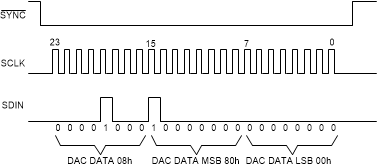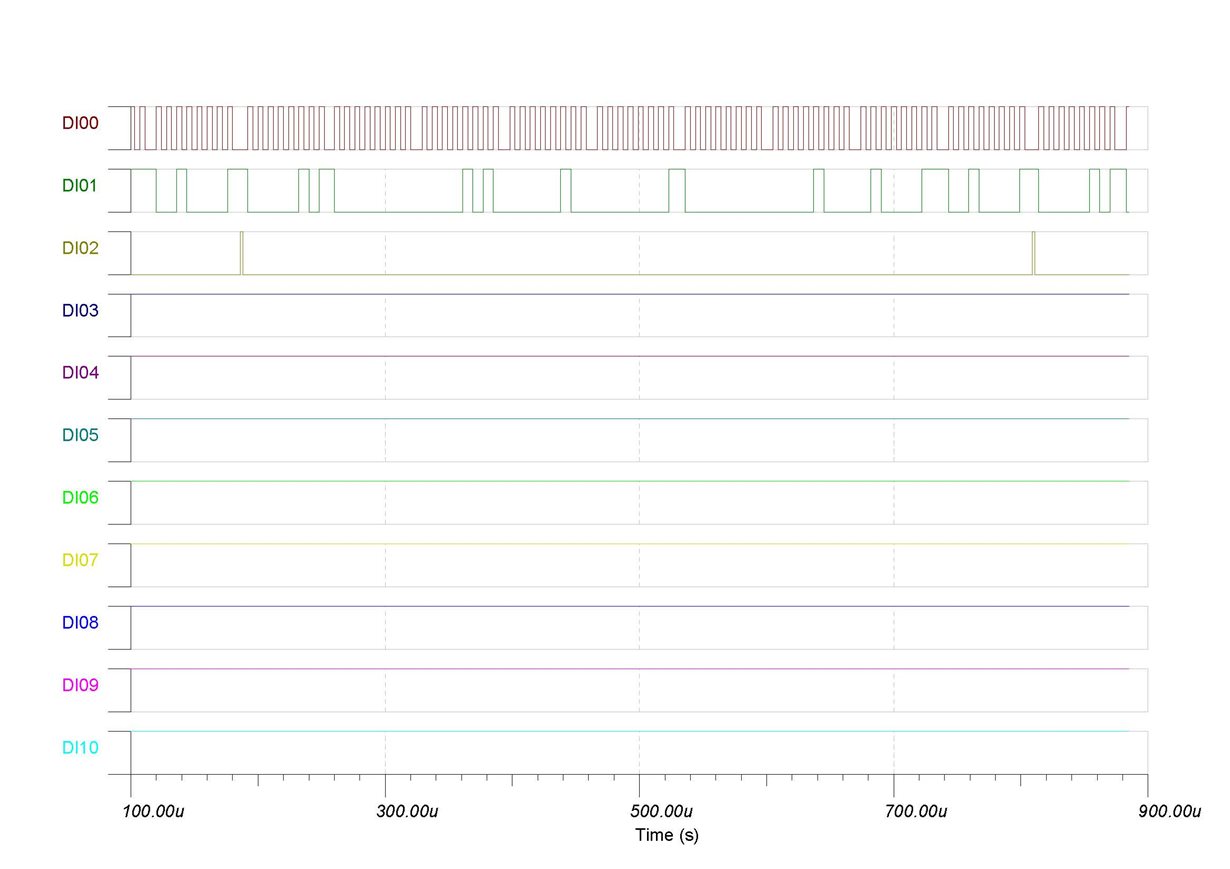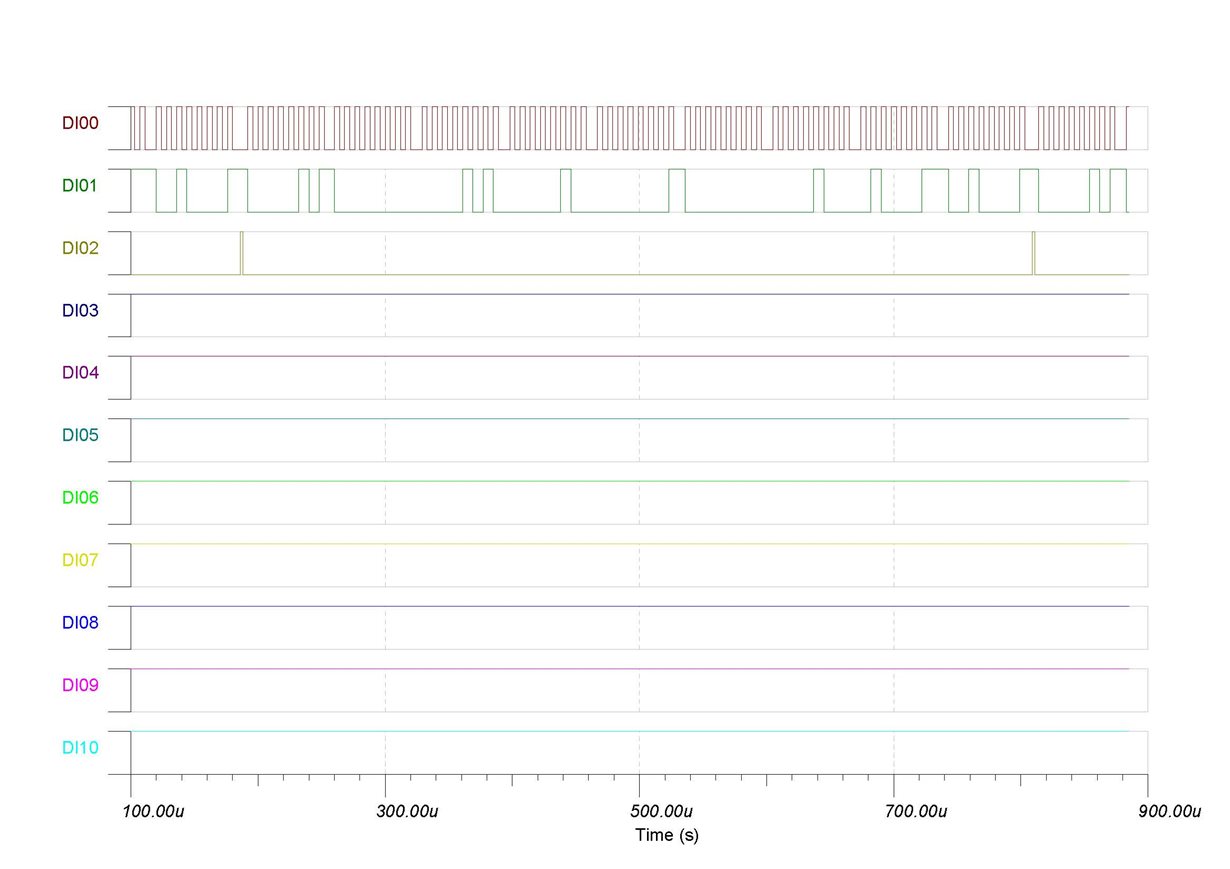Other Parts Discussed in Thread: ADS8678
Hello everyone
I want to create the code for the DAC80501 but it is not clear to me the data package I have to send.
I seem to have understood that the data packet is 24bit total but I still can't get the information together.
The andress bytes are 8bit but then talk about command bits which are 4 and make 12.
Where do I put the other 16bit?
thanks a lot
ms







